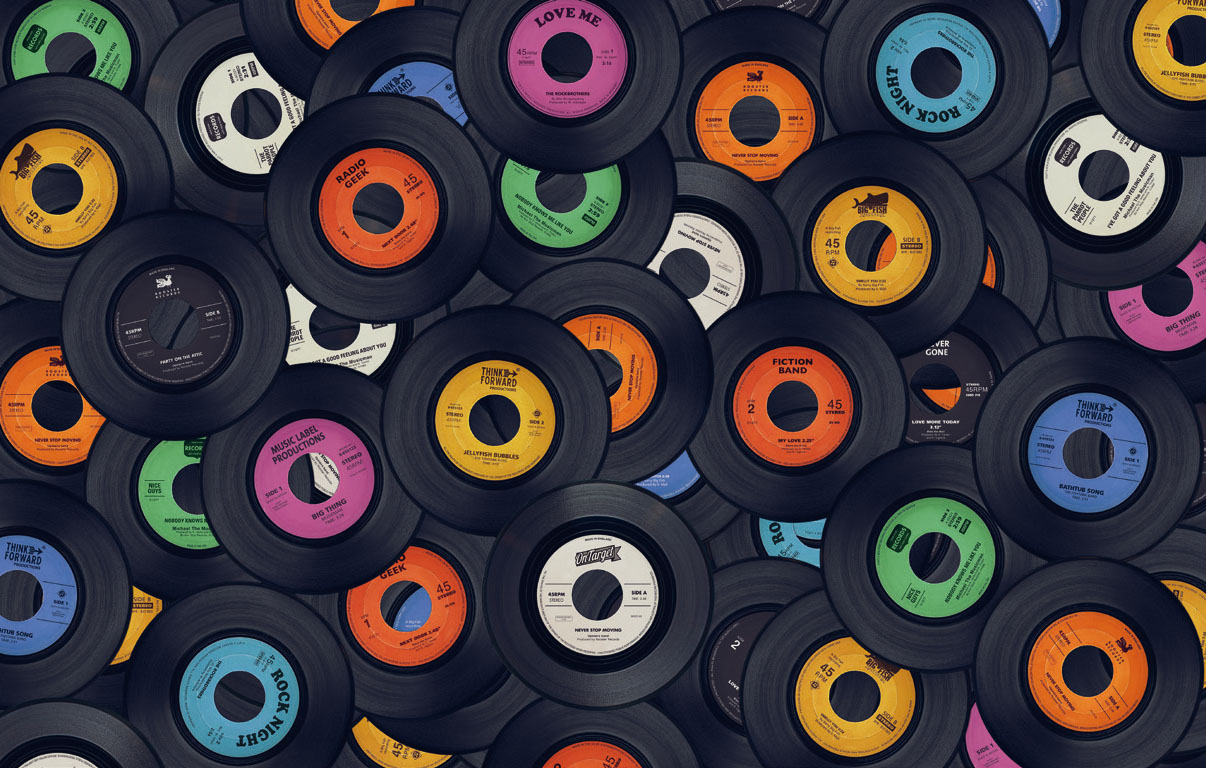
We hear a lot in education about what music we should listen to. During their respective tenures at the Department for Education (DfE), both Michael Gove and Nick Gibb advocated for children to listen to more classical music in schools. More recently, the social mobility tsar Katharine Birbalsingh reinforced this message, going further to claim that contemporary genres should not form part of the curriculum because, she believes, they promote violence.
There have been many education sector initiatives in response to this messaging from the top, such as the Classical 100 resource launched by ABRSM, Classic FM and Decca, the extensive (and incoherent) listening list contained within the Model Music Curriculum (MMC) – yet still professional classical musicians have been handwringing on Twitter about classical music ‘dying out’ in schools. Any messaging which seems to counter this narrative, such as the Youth Music Exchanging Notes report, which kicked off the ‘Stormzy v Mozart’ debate, inevitably results in an education sector bust-up of epic proportions.
But all this worrying about what children should listen to is, in educational terms, a massive red herring. What we really need to consider is the ‘why’ and ‘how’ of listening.
Why do we listen to music?
There is a wider use for music listening in schools which goes beyond the music curriculum and covers a myriad of disparate areas such as wellbeing, behaviour management, engagement and motivation, community cohesion, and religious observance. Within the curriculum there are purposes to consider around statutory entitlements; the national curriculum tells us that children have to listen to ‘a wide range’ of music from ‘different genres and traditions’ including the work of ‘the great composers and musicians’.
There is also a strong push from the DfE and Ofsted towards the idea of developing ‘cultural capital’ by exposing children to ‘the best that has been thought and said’ or, in this case, composed and performed. So, to an extent, the reason why we listen to music in the curriculum is because the curriculum requires it! However, the real purpose of listening to music is first and foremost to develop the skill of listening to music.
If we simply serve up an aural smorgasbord of cultural capital to our pupils, we don't actually do anything beyond ensuring that they have once heard a piece of music that we consider to be important. Where is the value in that? Instead, what we need to do is help our pupils to develop the skill of listening so that they can digest the menu we provide into meaningful ingredients of musical learning. In order to do that, we need to consider how to listen.

© BRAMGINO/ADOBESTOCK
How do we listen to music?
The advice given by the National Curriculum for Music in England, and the more recent MMC, is woefully inadequate in giving teachers the tools to develop the skill of listening. The national curriculum simply tells us to ‘listen with concentration and understanding’ (KS1) or ‘understand and appreciate’ (KS2) or to develop ‘increasing discrimination’ (KS3). The MMC only tells us what to listen to at KS1 and KS2, and at KS3 provides the same set of questions to use when listening to music for every year group, with no suggestion of how these could be altered to provide progression in the skill of listening. So, we need to look elsewhere for inspiration.
Research by Durant & Welch in 1995 identified various different phases of listening development which can provide a useful structural progression for planning listening activities with primary aged children. In EYFS and KS1 they found that children were particularly aware of the expressive qualities of music, and would describe music in relation to external ideas such as story, character or mood. This gives teachers vital clues as to what music to choose (something that is very expressive), and what kind of questions to ask (about what the children imagine is happening), and activities to plan (music-inspired movement, art, storytelling).
Durant & Welch also found that the age which bridges KS1 and KS2 (7–8) was where children start to be able to talk about music in its own terms and recognise common musical devices and structures. This too can be helpful for teachers as we will know to choose listening repertoire which works ‘conventionally’ and to explore and discuss the way in which music works, perhaps introducing more formal musical vocabulary at this point. At the end of KS2 (ages 9–11) the two sides of the coin come together with pupils now able to discuss the expressive features they first noticed in musical terms. Teachers will be able to plan activities which lead to discussion of why the music sounds the way it does, and what expressive effect that has.

© ZELENIY9/ADOBESTOCK
Laying the groundwork
Armed with even this limited knowledge from one study, we can see that listening is not just about passively receiving the knowledge of the musical canon, but is an active process which we can scaffold as teachers through careful selection of repertoire, use of questioning, and planning of activities. If we get this right, pupils will move up to secondary school armed with a keen ear for music, and ready for more complex and analytical listening tasks such as listening while following a score.
Listening, like any musical skill, should not be approached in isolation. Listening can and should be seen as an important factor in pupils’ wider musical development. Performing skills can be enhanced by listening to a wide range of artists and interpretations of both the music pupils are currently performing and may one day go on to perform. Developing analytical listening skills helps pupils to learn how music works, which can in turn inspire their compositional and improvisatory work. Developing listening is not just about creating cultured audience members who know all about the ‘right’ kind of music, but is fundamental to the successful holistic development of any musician.








